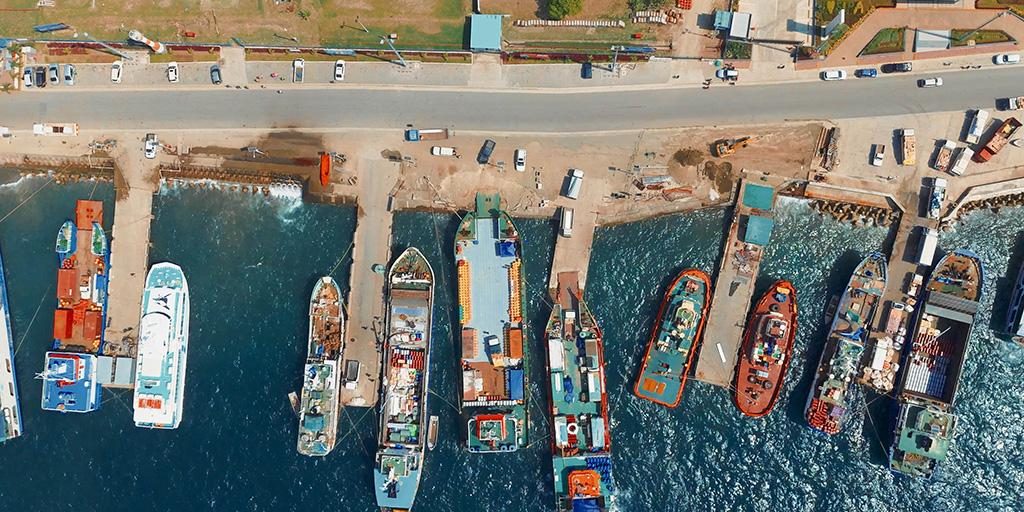Makira Ulawa province in the Solomon Islands has never had a proper passenger and cargo wharf. Vessels go through a time-consuming, cumbersome and sometimes dangerous process of unloading their cargo and passengers in small boats.
It doesn’t always go to plan.
“When my cargo comes into Makira via small boats it can take up to 3 days to unload my goods,” says local businesswoman, Elsie Maesui. “During storms my goods often get lost in the sea or damaged.”
Elsie can’t wait until the new wharf is finished. It will save her time and money, allowing her to load and collect goods directly from the new wharf.
She won’t have to wait long, as the new wharf is nearly complete. Construction has taken place under a project financed by $148.9 million of Asian Development Bank resources including grants from the Asian Development Fund and highly concessional loan funding.
The Land and Maritime Connectivity Project is reshaping land and maritime infrastructure in Solomon Islands.
It supports the rehabilitation and upgrading of 35 kilometers of roads in and around the capital, Honiara, construction of two provincial wharves at Ahanga and Kira Kira, and improvements to the old wharf at Honiara International Port.
The country’s main road, the east-west Guadalcanal corridor, is receiving much-needed upgrades. It passes through central Honiara and is deteriorating rapidly, unsurprisingly given that 90% of the 18,000 or so vehicles in Solomon Islands are in Guadalcanal Province.
Critical urban road sections are congested, and floods sometimes wash away bridges, making safe pedestrian access challenging.
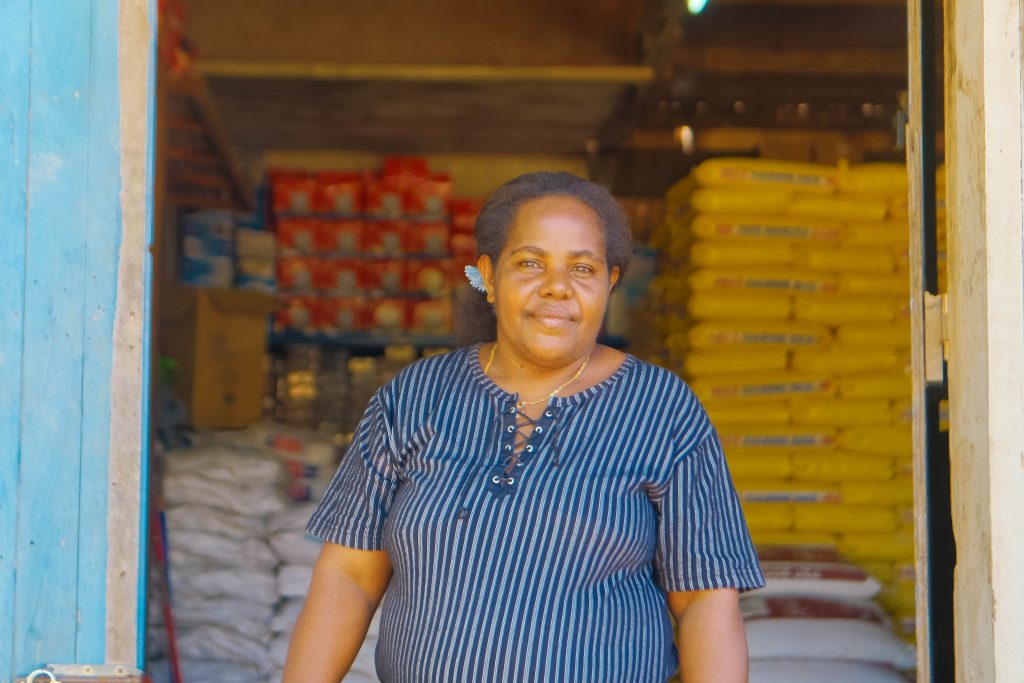
Enabling Businesses to Grow
The works will be implemented in three project tranches, with the main objectives being to strengthen climate-resilient transport infrastructure and drive robust socio-economic growth.
Tasks that may be taken for granted elsewhere can be more difficult in the Solomon Islands, made up of about 900 islands geographically scattered over a vast area and low-lying coral atolls.
Moreover, its location in the Pacific Ring of Fire and cyclone zone leaves it vulnerable to disasters triggered by natural hazards, and to extreme weather events.
“The sea surrounding the province is often very big due to bad weather, and because we have no wharf, ships must turn around halfway and return to Honiara as it is too dangerous to load people and goods into small boats-disrupting people’s lives and supply chains,” says Makira Ulawa’s Stanley Siapu.
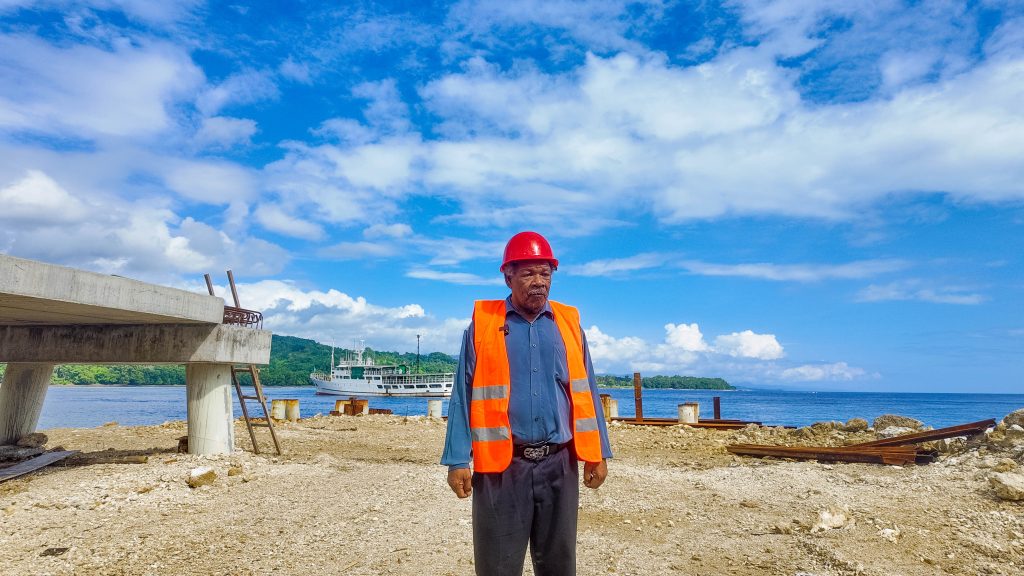
Vicky Beven, a market gardener from East Guadalcanal grows melon, cucumber and taro crops, says easier access to markets is already helping her business.
She sells her produce at Honiara’s Central Market, which before the road upgrades was sometimes a money-losing effort.
“It sometimes took several hours to get to the market by truck and if the road flooded, we could not go to the market, our crops spoiled, and we lost money,” she says.
“It was dangerous to walk along the road before. With the new road it is now a very quick, smooth trip into town by truck, and it is safe for us to walk along the road.”
Guadalcanal Plains Palm Oil Limited (GPPOL), one of the country’s biggest employers has also benefited from the better roads in East Guadalcanal. Productivity is up, partly because it’s easier for workers to collect and transport the palm oil from farms.
“Our 1500 workers are very happy with the road improvements,” says GPPOL’s Sustainability Manager Zaralyn Yakopa.
“Our trucks loaded with produce can more easily leave and enter the site and because the roads are smoother and there is less wear and tear on our vehicles.”
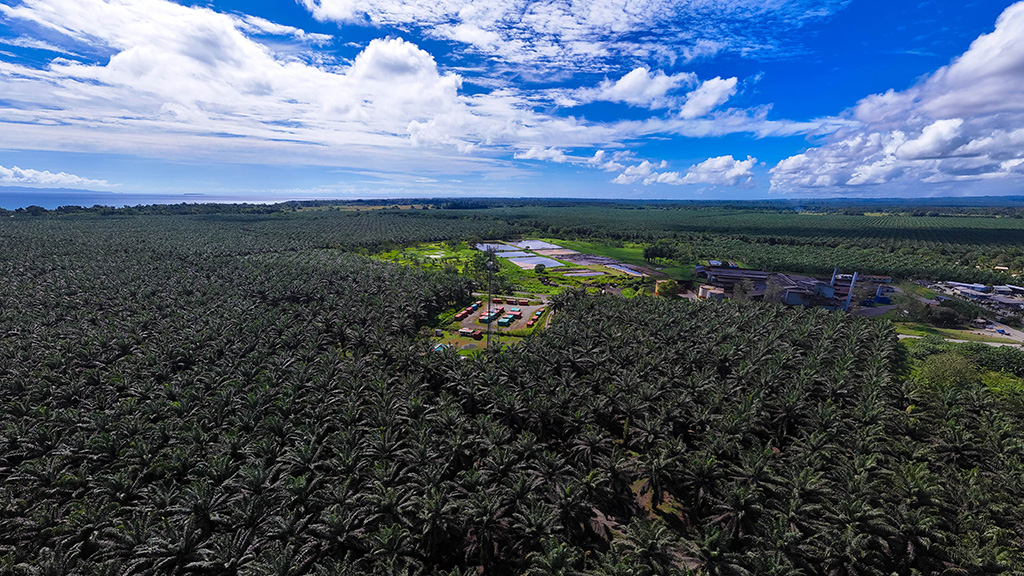
A Game Changer
The improvements have been urgent for years, as the east-west corridor of Guadalcanal is a lifeline for local people and their businesses.
Already, the project is increasing access to clinics, schools and markets, while supporting the disaster resilience of the country’s transport network through climate-proofing of all the road and wharf upgrades.
“The Land and Maritime Connectivity Project will be a game-changer for 80% of the population who live in rural parts of the country,” says Minister for Infrastructure Development Ricky Fuo’o.
“The project has delivered good results; improving Mberande Road towards the Tandai Highway in East Guadalcanal; the Ahanga Wharf on Bellona Island is expected to be complete in 2026; and the new wharf in Makira Ulawa province is 70% complete.”
The project is also strengthening the capacity of the Ministry of Infrastructure Development through support in planning, project preparation, procurement and other transport sector institutional reforms.
A gender strategy is being developed to support women staff at the ministry in technical and leadership roles.
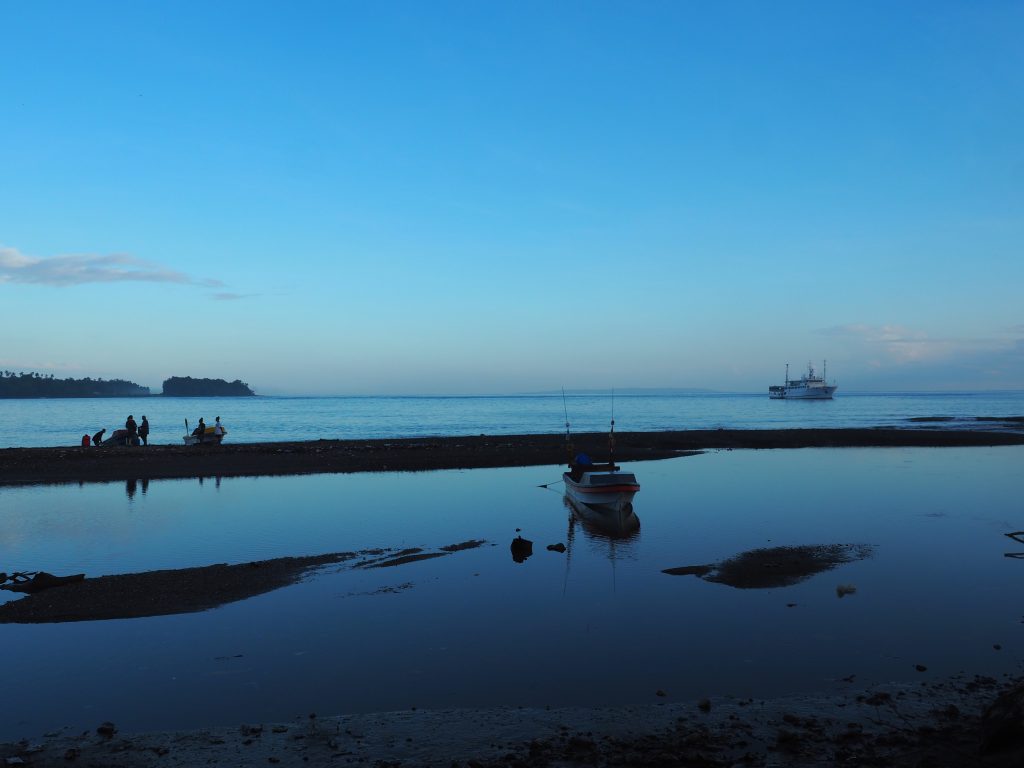
Businesses are growing as they gain confidence that roads connecting them to markets can withstand whatever mother nature throws at them.
At Makira, the inconvenience of capsized boats and lost luggage will soon be a thing of the past, allowing businesses like Elsie Maesui’s to plan and grow.
Stanley Siapu says that the new wharf will boost economic opportunities for women in particular, allowing them improved access to the central market in Honiara where they can sell and buy produce.
“My province, my government and I am very excited.”
– ADB
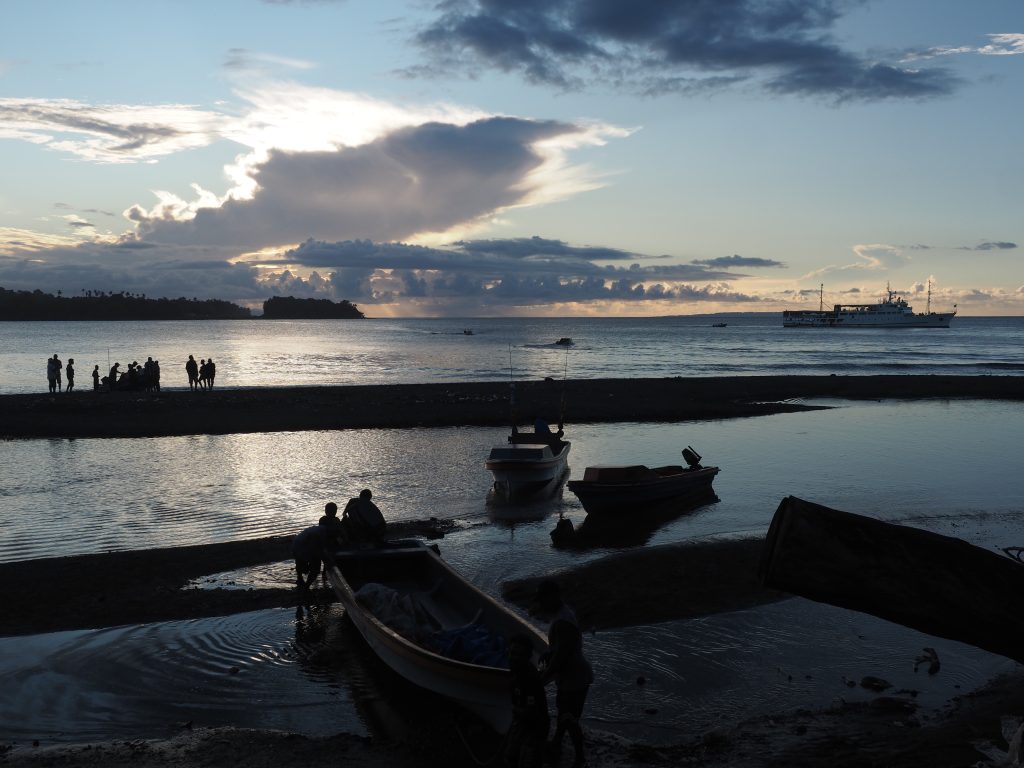
LEAD PHOTO CAPTION: Upgraded port facilities in the Solomon Islands—part of an ADB-supported transport project—are helping ensure safer, more reliable maritime travel. With improved wharves and docking infrastructure, communities now benefit from fewer capsized boats and stronger economic connectivity.

